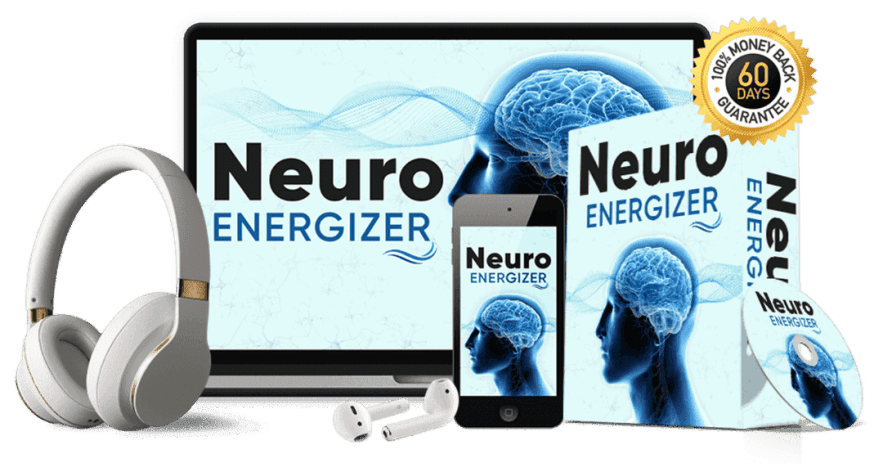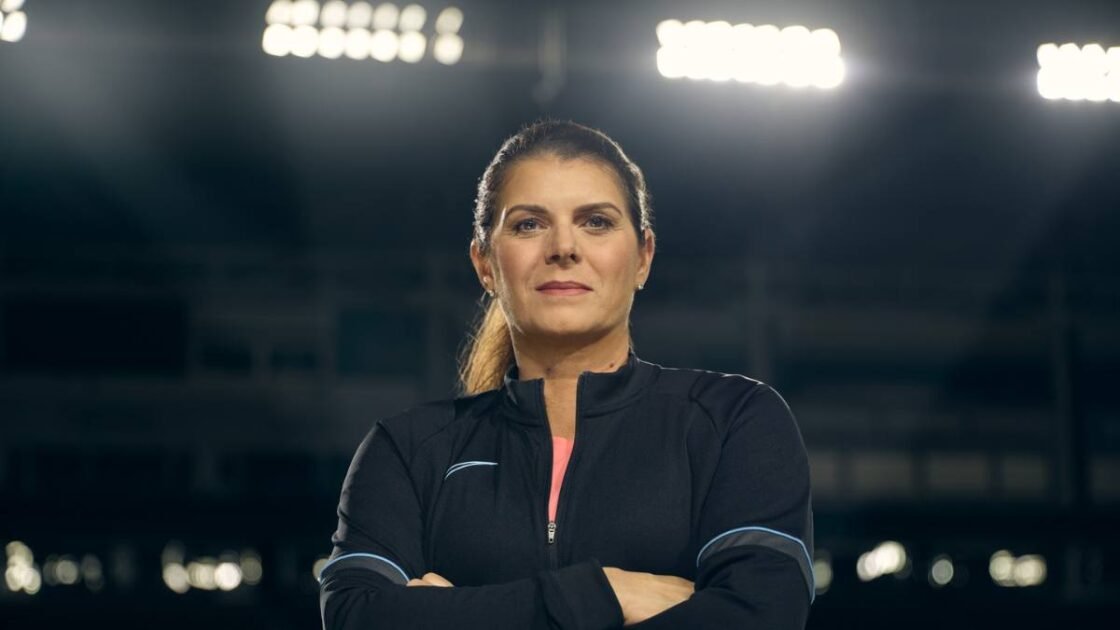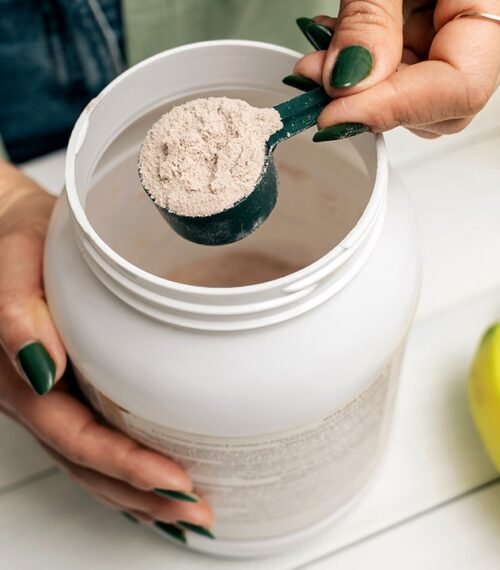While many recognize Mia Hamm as a legendary soccer player and two-time Olympic gold medalist, she has also become a dedicated advocate for those affected by graft versus host disease (GVHD). This potential complication can occur after a bone marrow or stem cell transplant. Her connection to the cause is deeply personal as her brother, Garrett Hamm, battled a rare disorder and ultimately passed away from complications from a bone marrow transplant.
Since then, Hamm has been committed to raising awareness about the disease, supporting new research and encouraging bone marrow donations. Mia Hamm recently sat down with First For Women to discuss her advocacy inspired by brother, her partnership with Incyte and advice for others in a similar situation.
Mia Hamm’s brother died from transplant complications
The soccer star has been a champion for bone marrow transplants (BMT) and related health concerns ever since her brother’s passing in 1997. Garrett was diagnosed with a rare condition called aplastic anemia, which meant his body didn’t produce enough new blood cells. After a bone marrow transplant (where healthy stem cells were infused into his body to replace damaged or diseased bone marrow), he developed a BMT complication. Another type of serious complication is graft versus host disease, which occurs when the donor cells attack the patient’s own organs and tissues.”
“My story is a little bit different in terms of the fact that my brother was adopted,” Hamm told First. “So, when we were looking for a marrow donor, no one in our immediate family could be a donor for him. We really relied on the National Bone Marrow Registry, as well as the International one.”
She explained that at the time her brother was diagnosed, you couldn’t just hop on the internet to research reputable doctors or find support systems. That’s why she is passionate about working on campaigns that assist families and provide hope to patients—and why she founded the Mia Hamm Foundation in 1999.
Why Mia Hamm wants to spread awareness about GVHD
Hamm has been advocating for BMT awareness for nearly 30 years, but she also recognizes that the fight doesn’t stop after a transplant. That understanding led her to partner with Incyte, a global pharmaceutical company.
“It was a perfect fit,” she said. “They know I’ve done a lot of work in bone marrow failure diseases and bone marrow transplants. We do a lot in terms of marrow drives, getting people registered and supporting groups who do amazing work in helping educate and provide support for families and patients who are going through bone marrow transplants.”
Why Incyte? “I love the work that they’re doing to not just help educate patients and their families, but to really highlight some of the amazing stories that are out there,” Hamm continues.
She encourages those affected by GVHD to visit GVHDnow.com to find information, resources and support, reminding them that they are not alone.
Hamm says early GVHD detection is essential
Regarding GVHD or other complications,, Hamm says it’s important to be aware of the early warning signs. That includes a small rash, dry mouth or trouble swallowing—“things that you and I or even the patient might think are normal.”
For a lot of patients, a bone marrow transplant is their last hope. “The thing about graft versus host disease that is so different from other transplants,” Hamm says. “It’s actually the donor cells rejecting you, so it’s really important to stay on top of it because it could be a long-term chronic illness that impacts those patients post bone marrow transplant.”
Hamm’s advice? Pay attention to how you’re feeling and listen if family members notice something unusual, like a rash or energy change. “Have an open line of communication with your healthcare team and your doctors, and the sooner you can identify it and connect with them, the better the chance you have,” she adds.
Other resources for GVHD
While Hamm emphasizes using GVHDnow.com, she also shares that her own website, Mia Foundation, has important information to better understand BMT and GVHD.
“Even if you go to your local Red Cross, you can get information on where there might be bone marrow drives,” she says. “If we can get more people registered in the national marrow registry, the greater success and the more options families have that need bone marrow transplant.”
Ultimately, Hamm says the support of her teammates and family members helped her get through her brother’s diagnosis and death. When talking about her foundation, Hamm says, “We continue to be inspired by the work we’re doing, but the people that we hear from that we’ve helped are what keeps us going every single day.”
















































































































